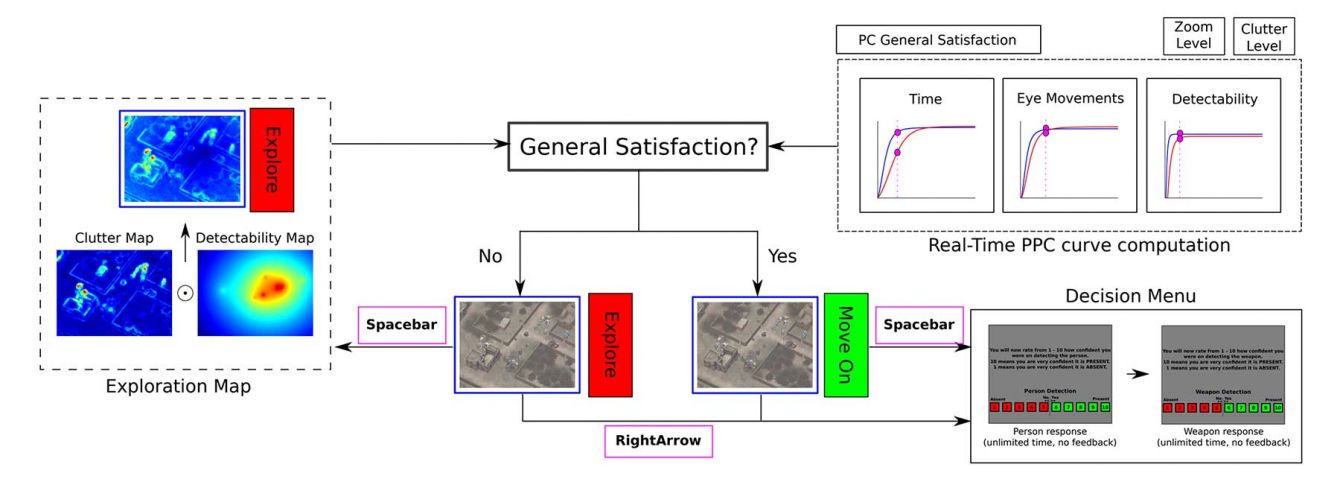
Mind & Machine Intelligence
For over sixty years, visionary writers, filmmakers and futurists have foreseen the rise of artificial intelligence (AI). Although artificial neural networks were first introduced in the 1950’s, it was not until the introduction and widespread availability of deep-layered architectures, big data, and powerful graphic processing units (GPU) that some of the early promises of human-like intelligence in complex natural tasks have begun to be realized. This new era of artificial intelligence is revolutionizing modern human society, propelled by industry’s heavy investment in advancing machine intelligence: Google and Uber self-driving cars roam the streets of Mountain View, Pittsburgh and Toronto. Over 100 million people in the US rely every day on digital voice assistants on their smartphones and speakers. Elon Musk founded Open AI, a non-profit research-oriented company concentrating on building safe artificial intelligence. Both IBM and Google’s Deep Mind Health have created large endeavors designing artificial intelligence systems to supplement or replace radiologists scrutinizing medical images. The $1.2 trillion insurance industry is changing rapidly, with new companies relying on AI for risk prediction, price valuation, insurer decision assistance, and phone operators (“chatbots”). This rapid adoption and advancement of AI continues to accelerate, with a recent report by Price Waterhouse Coopers predicting that AI will spur a 14% growth of the Gross Domestic Product in the US and 20% growth in China. Yet, many fundamental questions remain unanswered about machine intelligence and its relationship to the human mind. These questions will be critical in shaping the development of both present and future machine intelligence systems that will play an expanding role in modern society. By improving our understanding of what gives rise to the human brain’s unique cognitive abilities, we will be able to design more effective and safe AI systems by gaining insights into the influence that the pervasive presence of AI has on human cognitive functions and human society.